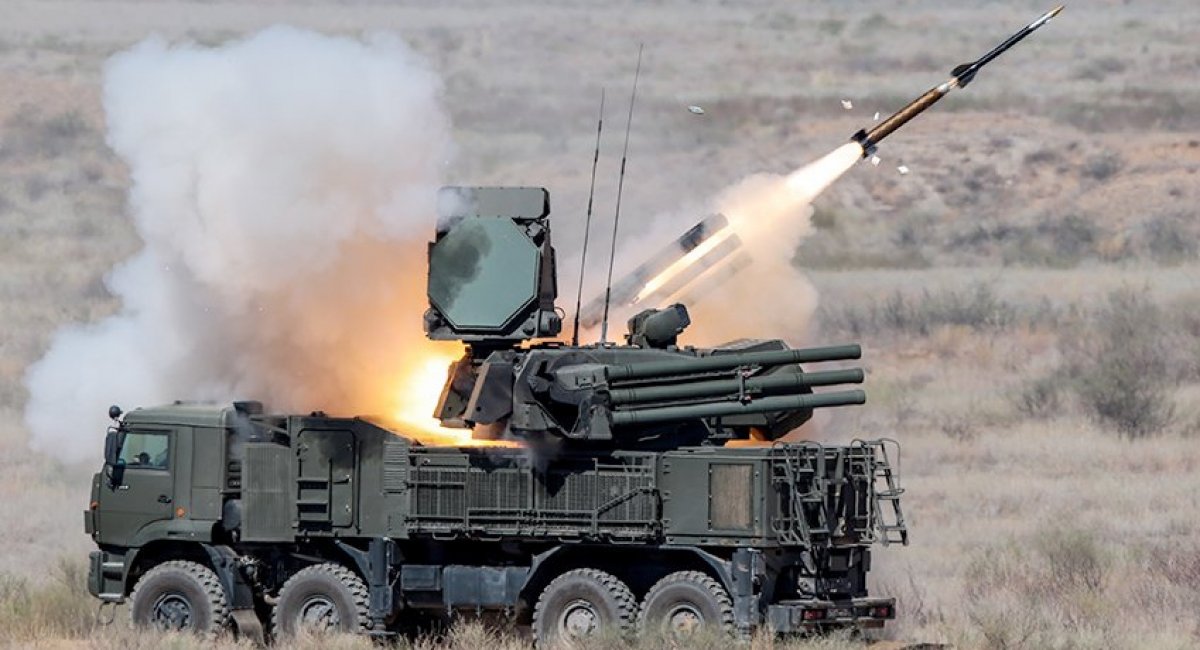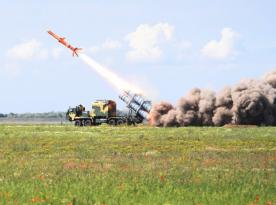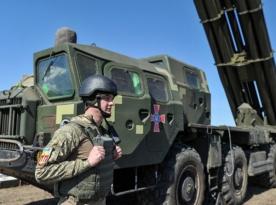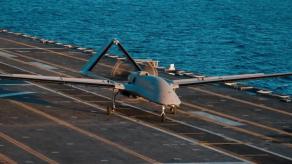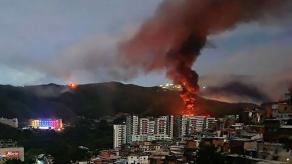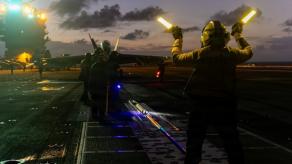The expert community has long watched the confrontation between the Turkish Baykar Makina’s Bayraktar TB2 and TAI’s Anka-S Unmanned Combat Air Vehicles (UCAVs) and Russian Pantsir-S1 air defense missile systems which all have been extensively deployed in the Syrian and Libyan theaters. The two UCAVs and the air defense missile system exemplify most recent, high-tech developments by the defense industries of Turkey and Russia, respectively. While the UCAVs have been designed with a focus on recon-strike missions against a variety of military targets on the ground, the Pantsir-S1 has been used precisely for defeating targets such as UAVs.
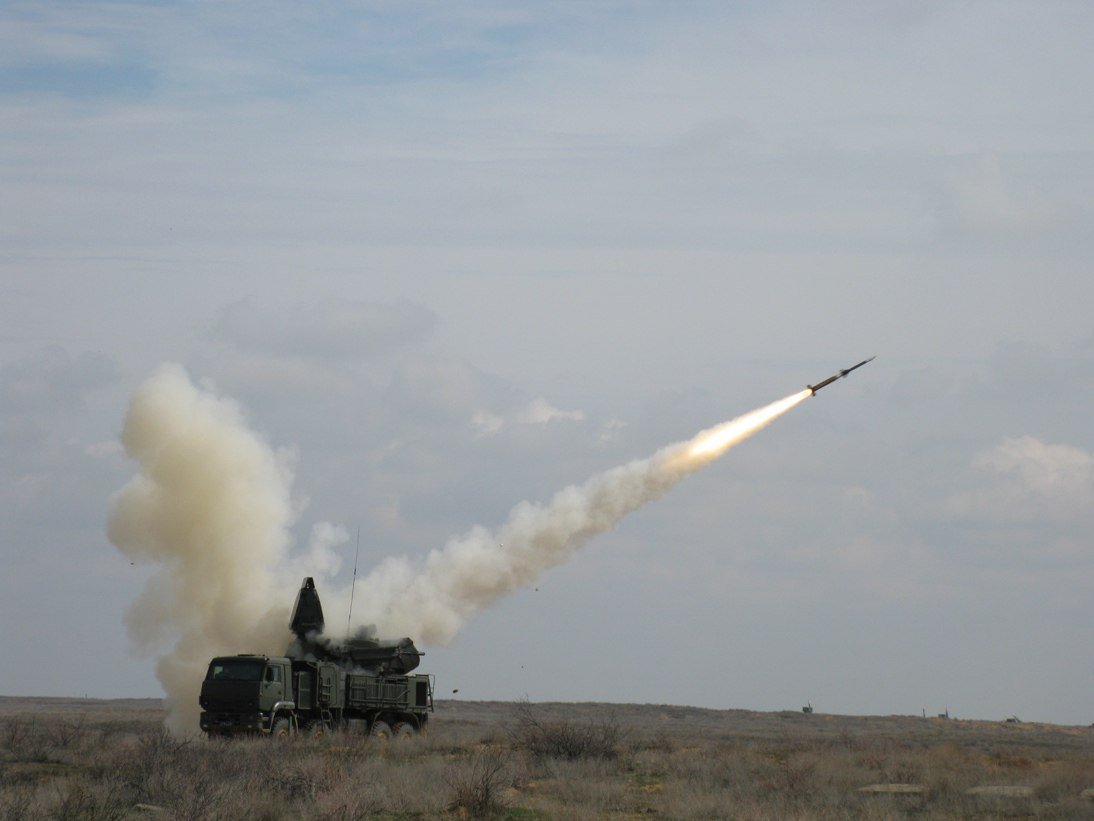
According to official statistics available for early June 2020, over two dozen Russian Pantsir-S1 surface-to-air missile (SAM) systems had been destroyed by drone attacks in the Syrian and Libyan theaters (8 and at least 16, respectively). Most of the Pantsir-S1 vehicles were destroyed by Roketsan MAM-L laser guided munitions delivered from the UCAVs Bayraktar TB2 and Anka-S.
Read more: "Fury" and "Thunder" drones – made in Ukraine
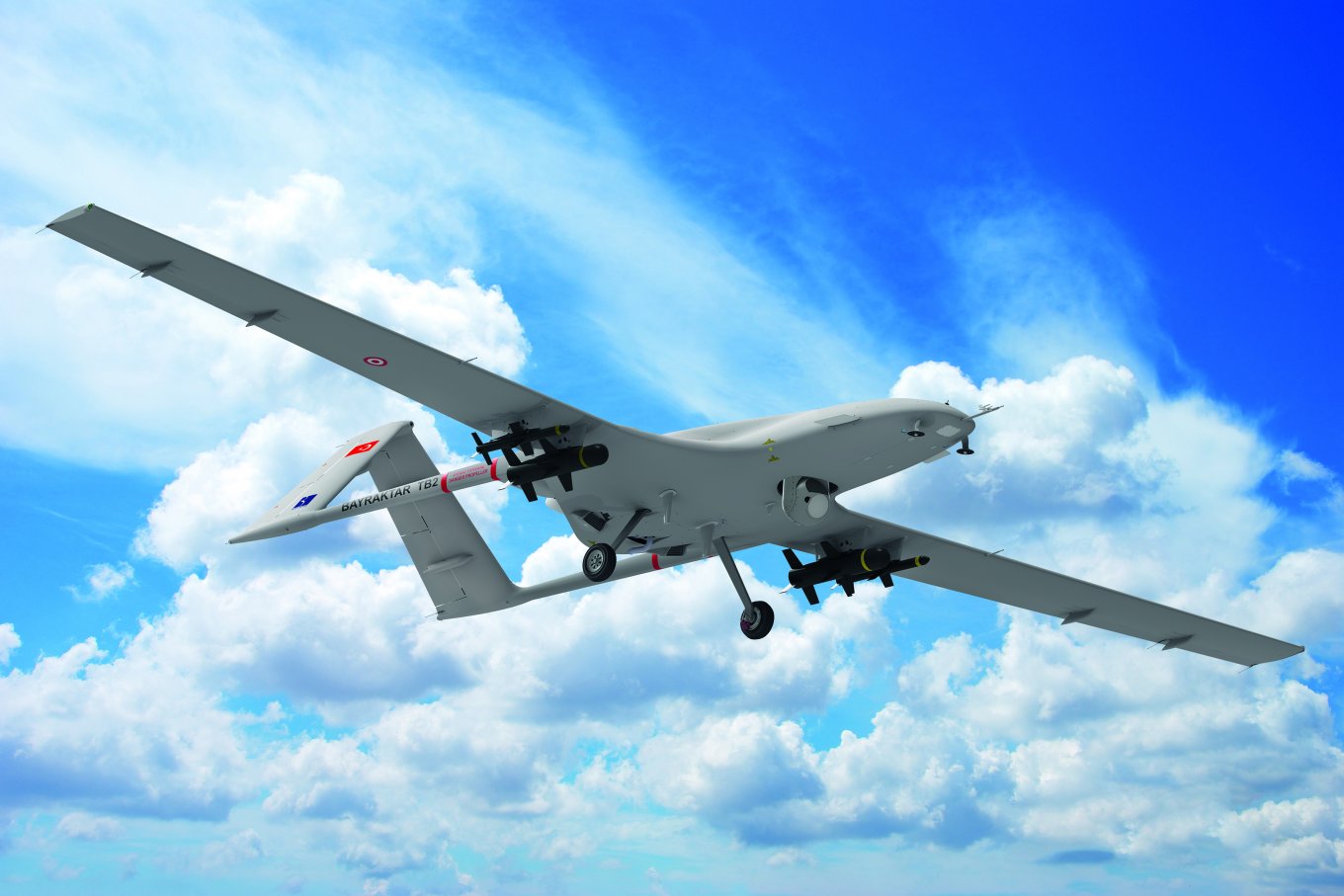
However, there have been reported losses of Turkish drones in both countries, but figures differ significantly from report to report. Defense Express, for example, has reported figures that are by far lower than those found in the Syrian and Libyan media which reported the shooting down of “dozens” if not “hundreds” of the Turkish drones there.
Whatever the figures, however, it is worth looking at the value of a surface-to-air missile vs a drone. The difference is huge, amounting, in some cases, to several magnitudes. On top of that, drones proved so effective in air-to-ground attack roles that they were ‘game-changers’ in favor of those who used them.
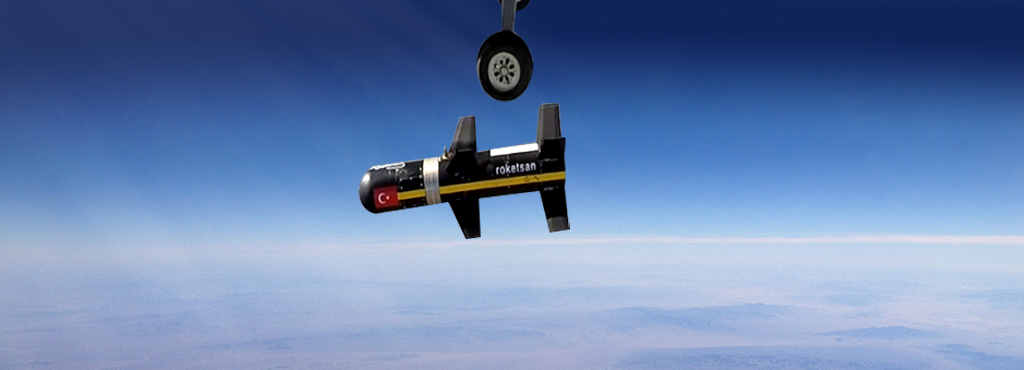
What made Turkish drones so much successful in the battlefields in Syria and Libya, and what made them capable of defeating air defense missile systems, let alone armored vehicles and personnel targets?
Based on preliminary assessment of the nature and character of military confrontations in those countries, the following key aspects can be singled out for further consideration in a single context.
1. Extensive pre-use preparations made by the Turkish side. Thus, at the time prior to and in the course of the operation in Idlib, Syria, Turkey set up a network of radio relay stations in its regions adjacent to the Syrian border to ensure the most effective and efficient use of its UCAV capabilities deployed at different bases along the country’s southern border.
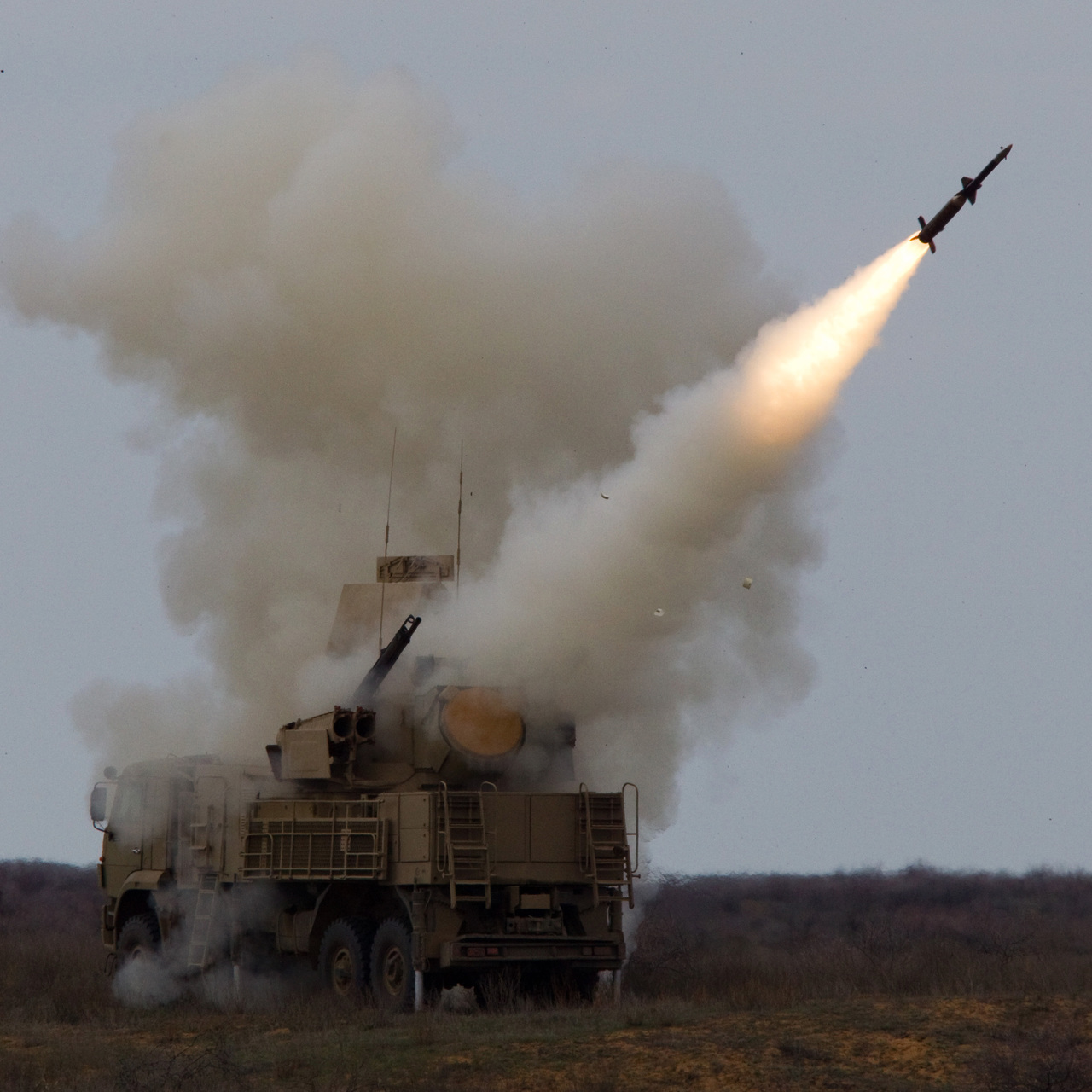
There has been set up a single command and control center to coordinate deployments of all UAV capabilities in the area of operations, and there was held a comprehensive review of available intelligence regarding the types, numbers and deployment locations of Syrian forces in the region, as well as the specifics of their operational deployment. On top of that, the Turkish side identified most likely positions for forces and equipment locations and for major weapons emplacements, and reviewed its Air Defense and Electronic Warfare (EW) capabilities with respect to potential flaws and weaknesses.
2. Turkey’s comprehensive use of Bayraktar TB2 UCAVs and Koral EW systems that supported almost all TB2 sorties by conducting electronic surveillanceof the battlefield, identifying the capabilities and characteristics of hostile air defense radars and communications, and frustrating their operation during combat. This allowed air attacks to be made against targets on the ground, inclusive of SAM batteries such as Pantsir-S1.

3. The use of drones under cover of artillery fire. Recon-strike drone missions were often flown to coincide in time with artillery fire attacks, performing a dual task of damage assessment and enemy distraction.
4. The use of swarms of at least 5-6 drones for surveillance and possible engagement and destruction of, primarily, Pantsir-S1 SAM vehicles in a selected area. In these conditions, the vehicle crews were unable to simultaneously handle each and all of the drones attacking from different directions.
5. Effective and efficient use of intelligence on the position of Pantsir-S1 vehicle locations and possible routes for their removal from one location to another.
6. Familiarity with the weaknesses of Russia’s air defense systems (weapons maximum ranges, radar dead zones, etc.) that faced up to the Turkish UCAVs in Syria; the maximum use of own drone capabilities and weapons.
Beyond that, the success of Turkish UCAV missions was facilitated by the fact that Syrian and Libyan forces lacked experience and training in fighting UAV threats, resulting in late or inadequate responses. The Turkish forces, in contrast, entered the hostilities armed with a solid experience of using UAVs against Kurdish Workers Party insurgents in one of Turkey’s remote mountainous areas.
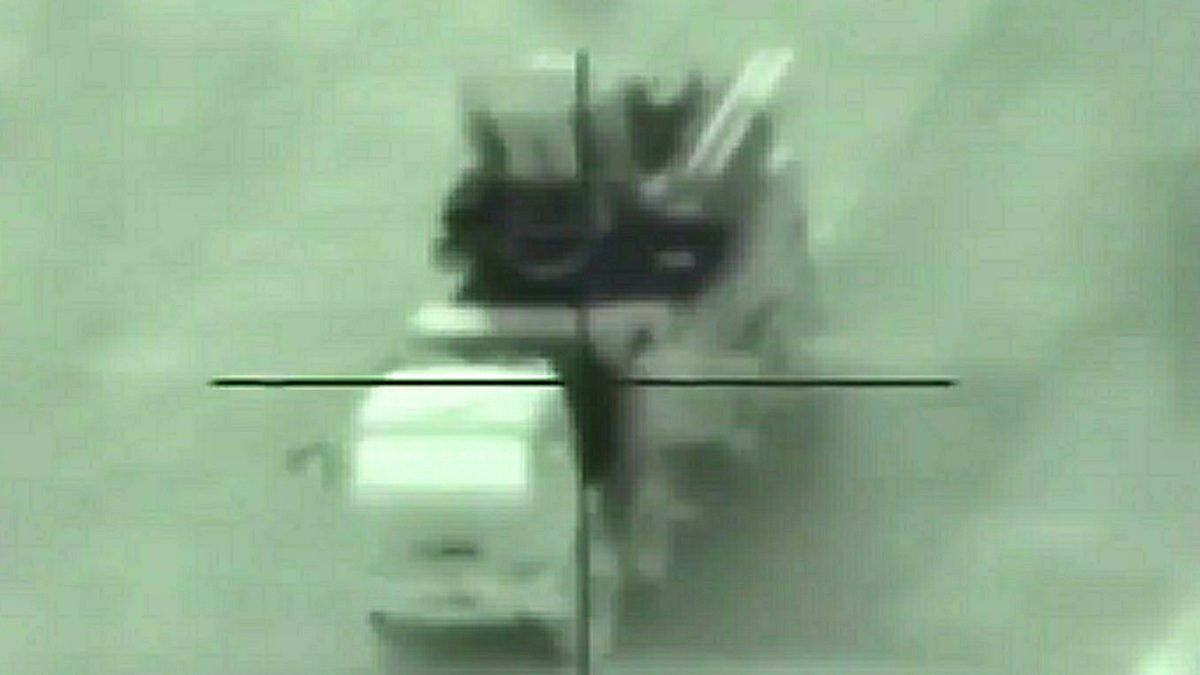
Haftar's army in Libya, like Syrian forces in Syria followed recommendations by Russian experts to take actions as listed below for minimizing losses in manpower and materiel:
- close the airspace with all the air defense assets available to provide a no-fly zone over the area of operations, and therefore minimize the effectiveness of potential drone attacks;maximize the use of own SAM capabilities for destroying first-priority targets, including unmanned aerial vehicles;
- when SAM vehicles move from one firing position to another, two vehicles are moved simultaneously in pairs so that one could provide security coverage to the other, and vice versa;
- creation of special teams at medium-range Air Defense batteries and within Electronic Warfare units; creation of MANPAD sniper couples for securing selected areas. For this purpose, MANPAD operators would be deployed in a forward position to prevent hostile drone intrusions. Intruder drones, if any, will be handled by air defenses. At the same time, air defenses would provide security coverage to the EW systems that interfere and frustrate control of approaching drone threats;
- neutralizing drone swarms using electronic countermeasures such as noise screens, followed by Pantsir-S1 missile shelling where needed;
- concealing air defense battery emplacements; misinforming the enemy about battery relocation routes, etc.
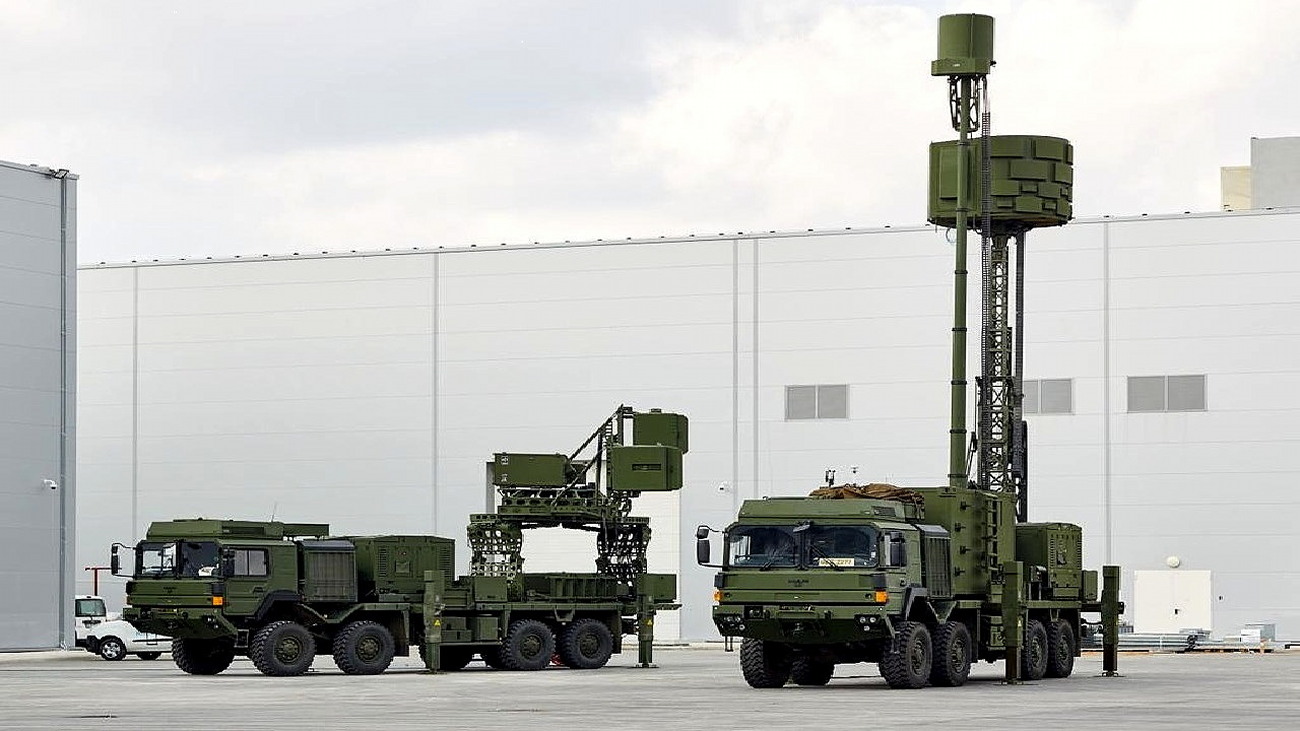
It’s important to note, however, that success of air defense missions and UAV missions alike depends in no small part on the amount of operator training and real-world combat experience. Beyond that, air defense weapons and drones both are sufficiently effective assets in their own right, but come with flaws and weaknesses due to the specifics of their tactical deployment and physical characteristics.
The success of a military operation depends to a large measure on the level of proficiency in knowing and understanding these weaknesses and operating skills. It’s also worthy of note that the Turkish side had taken a careful, professional approach to deploying its warfighing capabilities in Syria and Libya, with a resulting benefit that its forces have been highly successful in confronting Russian air defenses, especially Pantsir-S1.
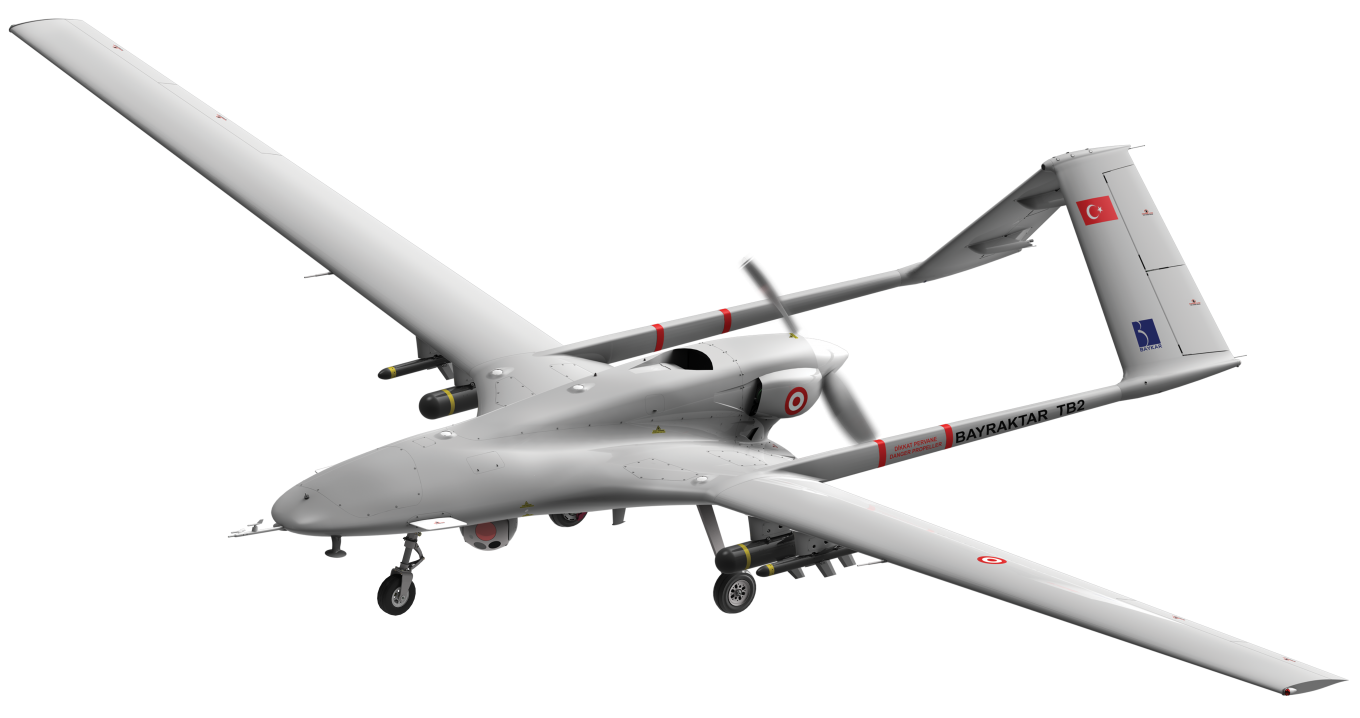
The Ukrainian military, who has recently received a quantity of Bayraktar TB2 UCAVs from Turkey, will only benefit from getting to know the experience of the drones’ deployments in the Syrian and Libyan conflicts. But one needs to be aware that their successful use depends, among other factors, on the level of operator skills and experience.
Read more: RIFF on Guard Against Drone Threats



